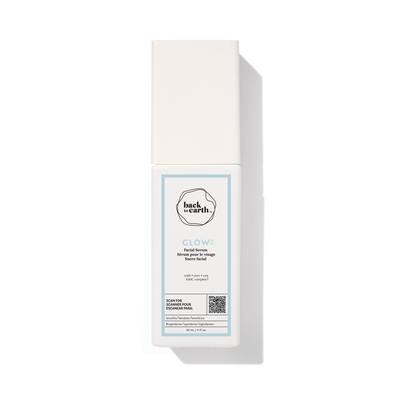How To Fix Dry Skin
The dream is smooth, clear, comfortable skin with a soft, rosy glow… but that’s not always the reality. For many people, dry skin is an issue, making the face appear flaky and inflamed—especially at certain times of year. Here’s how to know if you have dry skin and how to find a skin-care routine that will fight the irritating side effects.
Signs that you have dry skin
Some people have chronic dryness, while others will only experience dry skin only during the winter. Skin-care products can also strip your skin of its natural oils, triggering dry patches. Here are some symptoms to watch for:
- Feelings of tightness
- Skin that looks and feels rough
- Itchiness
- Flaking or scaly patches
- Fine lines or cracks
- Redness, irritation or a burning sensation
Ingredients that help to fight dry skin
If you have dry skin—whether chronic or temporary—you’ll want to look for ingredients to replenish the natural oils in your skin, support the skin barrier and lock in moisture. Here are some ingredients that might work for you:
- Evening primrose oil: Made from a flower that only blooms at night, evening primrose oil helps prevent water loss and peeling, improves elasticity and enhances softness.
- Apricot kernel oil: Not only does apricot kernel oil known to have anti-aging and antioxidant benefits, but it’s also an emollient to help trap moisture in the skin.
- Avocado oil: Full of fatty acids and vitamins, avocado oil is an excellent source of nourishment and helps to moisturize, repair and protect the skin.
- Cucumber extract: Due to its high water content, cucumber can help improve the skin’s hydration levels and calm inflammation.
- Natural emollients: Keep an eye out for other plant-based emollients on the product’s label like vegetable glycerin, which helps traps moisture and hydration in the skin.
Cleansing and exfoliating for dry skin
These tips may help you manage skin dryness and reduce the itching and burning sensations that accompany it:
- Wash with lukewarm water. Hot water strips the skin’s oils, whether you use it to cleanse your face or body.
- Use a gentle cleanser. Watch out for fragrance and alcohols in your cleanser. They can cause dryness and irritation.
- Exfoliate only once or twice per week. If your skin is dry and irritated, avoid scrubbing it too often. Stick to once or twice a week and use a gentle scrub with a fine exfoliant (like apricot seed powder) and soothing oils that will reduce inflammation.
How to layer your skin care
After you cleanse your face, you’ll want to layer a toner, serum and moisturizer to support your skin barrier.
- Toner: Choose an alcohol-free toner that will restore the pH levels of your skin.
- Serum: Pat a soothing, hydrating serum into your skin and allow it to absorb for one minute.
- Moisturizer: Seal in the goodness of your serum with a daily moisturizer. It will also protect your skin from wind, pollution and indoor heating and prevent transepidermal water loss (where water evaporates from the surface of the skin).




